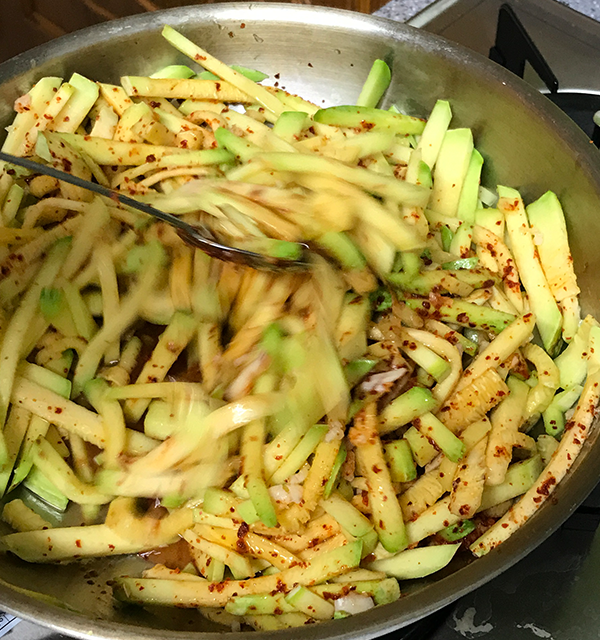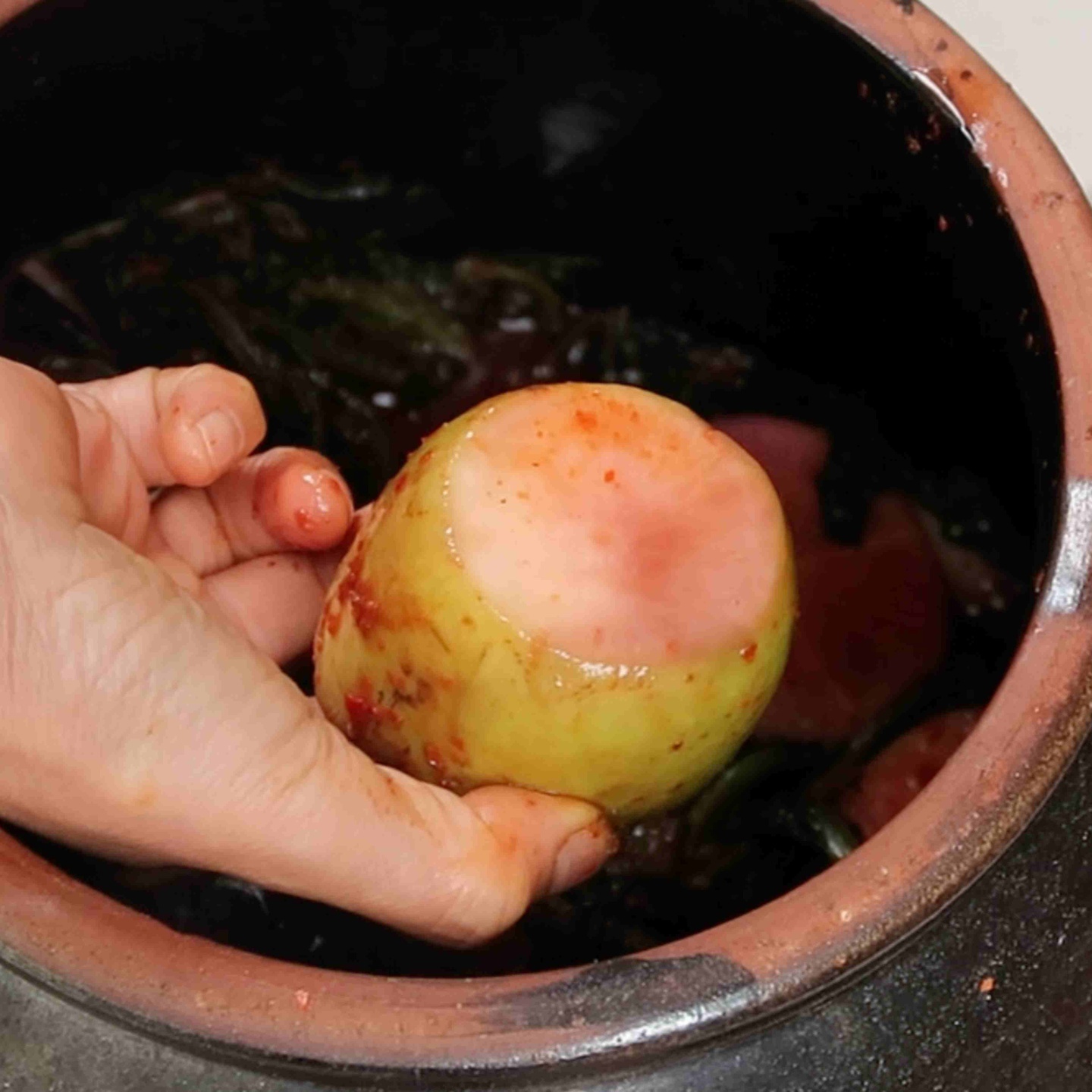Namul Breakdown
Namul (나물) refers to a specific type of side dish. It can be made from edible leaves, roots, shoots, herbs, seaweed, jelly, mushrooms, and some proteins.
Categories of Namul
So, if you looked up Korean Namul recipes in the Korean language, you would notice some different terminology or categories that are used. I will explain those categories and how they are prepared, but first, I will talk about the broad category for cooking Namul, and that is “Muchim 무침.”
- Muchim (무침) is the broad category of cooking Namul. It refers to any meat, vegetable, or dried ingredient that is quickly seasoned and then served shortly after they are made. The verb 무치다 means to mix. You may see this Korean term used often when referring to Namul dishes. Recipes that contain the Korean term 무침 usually fall under the category of 생채 & 숙채.
- Saengchae (생채) is the next category of Namul. Saengchae is fresh vegetables or ingredients that are seasoned with a sauce. The vegetables or ingredients are not cooked before they are seasoned; they are fresh.
- Sukchae (숙채) refers to the category of Namul that includes vegetables or ingredients that are blanched, then a sauce or seasoning is added.
- Stir-fried greens (볶는나물) refers to the category of Namul that includes vegetables or ingredients that are stir-fried. Some ingredients are slightly braised while stir-frying with some liquid.


